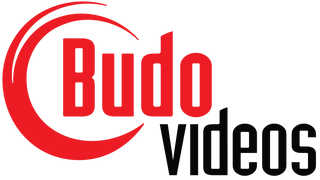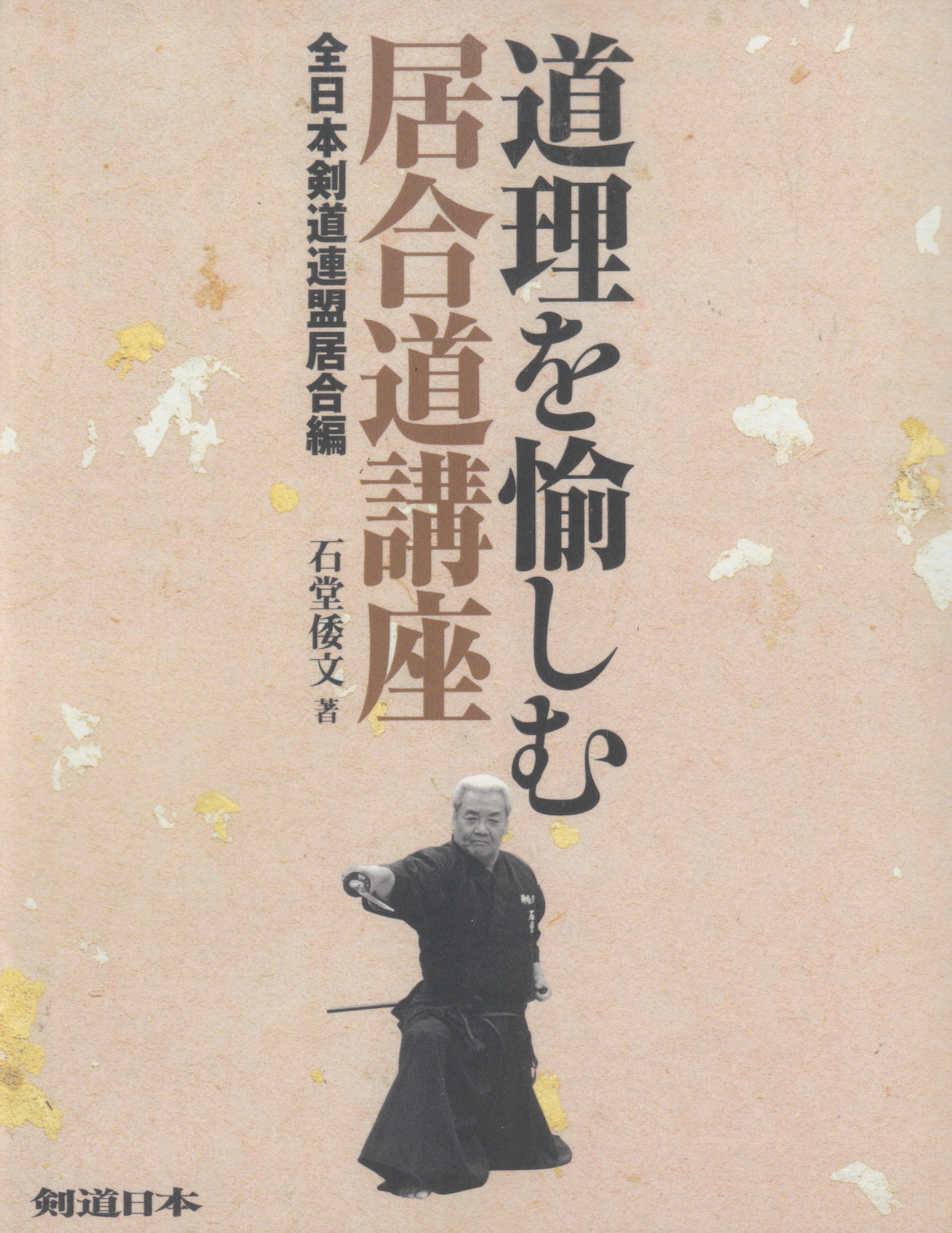Iaido Course: Enjoying the Principles All Japan Kendo Federation Iaido Edition Book by Shitori Ishido (Preowned)
THIS IS AN OVERSEAS SPECIAL ORDER ITEM
These items can take approximately 3-4 weeks to arrive here before they are ready to be shipped out by the selected courier service. Special order items are not eligible for return or exchange under any circumstances. Please review product details carefully before adding these items to your shopping cart.
Please Note: If you place an order for other items, they will be held and shipped together with the special order item when it is available. Alternatively you can place separate orders so your regular items will be shipped sooner.
The author, the head instructor of the Jinbukan Ishido Dojo in Kanagawa Prefecture, has extensive experience teaching Iaido in Europe. During his time abroad, he devoted himself to finding clear and comprehensible ways to convey the methods for mastering Iaido techniques. This effort greatly enriched his teaching repertoire, dramatically increasing the number of tools and methods he could draw from. For students, understanding the "principles" of Iaido makes their training direction clearer and their daily practice more enjoyable.
This book compiles those teaching methods into a comprehensive guide. A re-edited version of the serialized feature in Kendo Nippon Monthly (from the September 2010 to February 2013 issues), it serves as a detailed manual for the All Japan Kendo Federation Iaido techniques, offering careful explanations for the twelve forms.
The chapters "Basic Principles" and "Technical Insights" delve into the logic of the sword's characteristics and its offensive and defensive use. The content is enlightening not only for Iaido practitioners but also for Kendo practitioners, explaining the fundamental principles and techniques of handling the sword.
- "Why move this way?"
- "How can you draw the sword naturally?"
Through the author's clear explanations, questions and doubts are quickly resolved.
Table of Contents
Chapter 1: Basic Principles
- "Cutting" starts with capturing the target, while "striking" ends there.
- The striking edge of the sword has a specific "sweet spot."
- The grip varies depending on the weapon.
- Your grip should allow 100% strength with just one hand.
- The correct grip is taught by how the sword descends.
- Knowing the kurigata clarifies why exposing the scabbard's mouth isn't inherently wrong.
- Understand the sword's characteristics and master how to handle it.
- Two-handed vs. one-handed techniques differ by 15 centimeters.
- Five foundational stances.
Chapter 2: All Japan Kendo Federation Iaido I (Forms 1–5)
- Form 1: Mae (Front) — Explaining the "drawing strike" through relatable daily movements; why pull the left torso back during the draw?
- Form 2: Ushiro (Rear) — Standing up naturally as if at a table.
- Form 3: Ukenagashi (Deflection) — Simplifying the challenge of drawing a sword in confined spaces by likening it to screwing in a light bulb; timing and speed in deflection.
- Form 4: Tsukaate (Hilt Strike) — Lessons from Iaigoshi on the importance of maai (distance).
- Form 5: Kesagiri (Diagonal Cut) — Maai when cutting upward diagonally.
Chapter 3: Technical Insights
- Considering human defense mechanisms reveals hints for applying techniques.
- Receiving and deflecting; drawing and raising.
- Everyday wisdom applied to noto (sheathing) and tsuki (thrust).
- The logic of a single inch.
- The width of "facing head-on."
- Interpreting offensive and defensive motions with crossed hands—why the tip of the sword shouldn't "click."
- Methods to test and validate training techniques.
Chapter 4: All Japan Kendo Federation Iaido II (Forms 6–12)
- Form 6: Morotetsuki (Two-Handed Thrust) — Pay attention to the pivot foot.
- Form 7: Sanpogiri (Three-Directional Cut) — Utilize the left foot and weight shifts effectively.
- Form 8: Ganmenate (Face Strike) — Accurate strikes to the forehead and correct sword trajectory.
- Form 9: Soetetsuki (Assisted Thrust) — Smooth movement through correct footwork.
- Form 10: Shihogiri (Four-Directional Cut) — Experiences with tsukaate, fine footwork, transitioning to waki-gamae.
- Form 11: Sougiri (Continuous Cutting) — Is the instruction to "cut down to the solar plexus" accurate?
- Form 12: Nukiuchi (Sudden Strike) — Focus on clean drawing and execution without rushing.
This insightful book is packed with clear explanations and practical advice, resolving common issues and enriching the reader's understanding of Iaido. Whether you're an experienced practitioner or just starting out, this is an essential guide to honing your skills.
Language: Japanese
Length: 192 pages
Publication date: 2022
Couldn't load pickup availability


